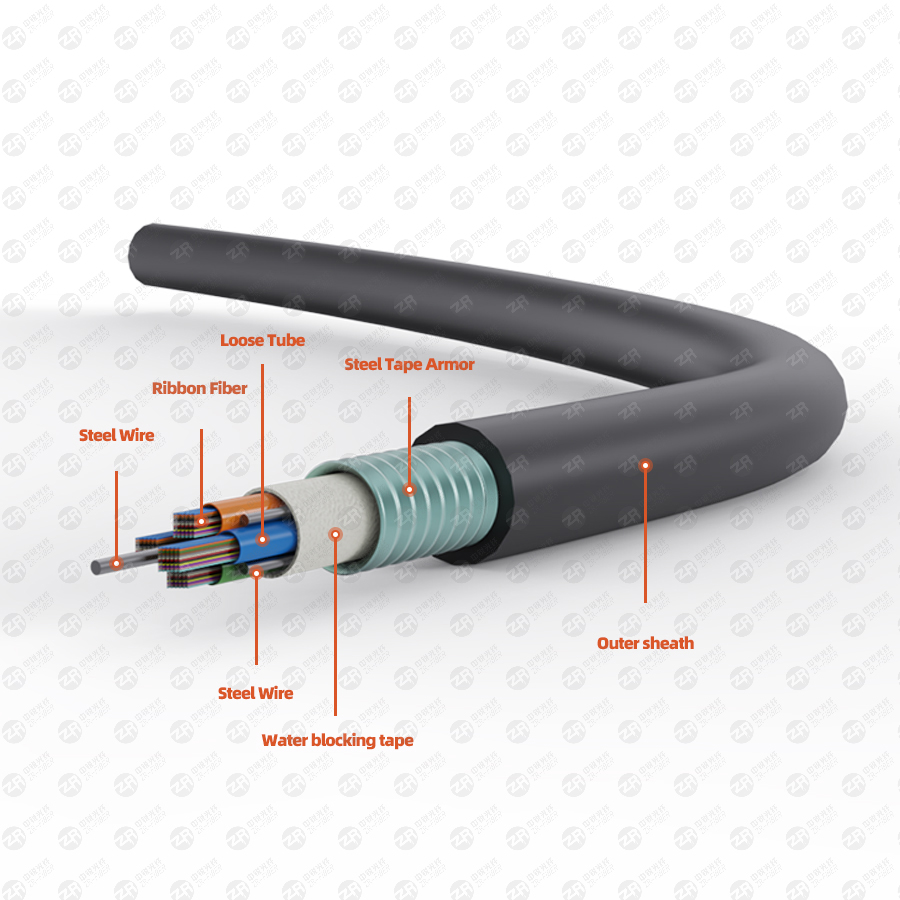People who know technology know that although 100G system and 400G system have some similarities, for optical fiber, it is similar and the biggest difference. ZR Cable will share the requirements of 100G and 400G system for optical fiber. what a difference.
With the rapid development of data communication and the Internet, network point-to-point, online applications and video services are all showing explosive growth. Massive digital media content has triggered a ten-fold or even a hundred-fold increase in Internet traffic. Backbone network traffic is growing rapidly at a rate of 50% to 80% every year.
At present, the 100G system has been commercialized by major operators. On the basis of 100G, the 400G system can further increase the network capacity and reduce the transmission cost per bit, effectively solving the pressure of the continuous growth of business traffic and network bandwidth faced by operators.
ZR Cable Fiber System
The PM-QPSK modulation technology, coherent detection technology and DSP processing technology adopted by the 100G system reduce the OSNR tolerance of the system to the same order of magnitude as 10G, which reduces the system's requirements for optical fibers.

Studies have shown that under the 100G system, ordinary G.652D fiber, low-loss and ultra-low-loss fibers can transmit distances of more than 1000km; ultra-low loss can extend the link distance by 35-40%, and repeater stations can be reduced in some lines, which is beneficial to the whole Optical network construction; in some systems with a long-distance optical amplifier section of ~100km, ULL fiber can effectively reduce the span loss.
The OSNR limitation, noise and nonlinearity brought by the 400G transmission system will limit the transmission distance. From the test results of current mainstream equipment manufacturers, the transmission distance of the 400G system using dual-carrier and 16QAM modulation technology is only the 100G system. Therefore, the construction of a high-speed system needs to comprehensively consider the system capacity and transmission distance requirements.
From the perspective of line-side transmission equipment, multi-carrier light sources, high-order modulation, coherent detection, high-speed DSP systems and error correction technology can be used to promote the development of commercial high-speed optical transmission systems. It can improve the system OSNR and effectively extend the transmission distance, which can reduce the use of electrical relays, optimize the network structure, and save construction costs.